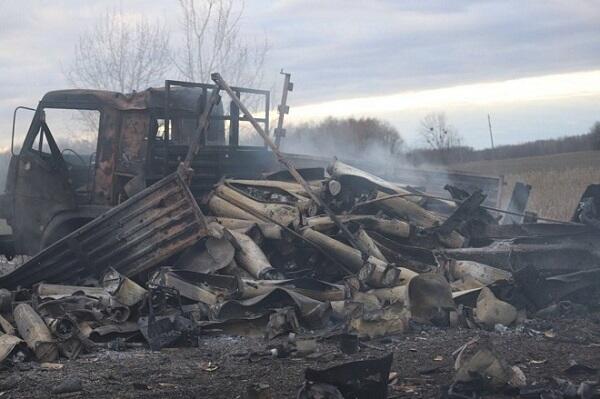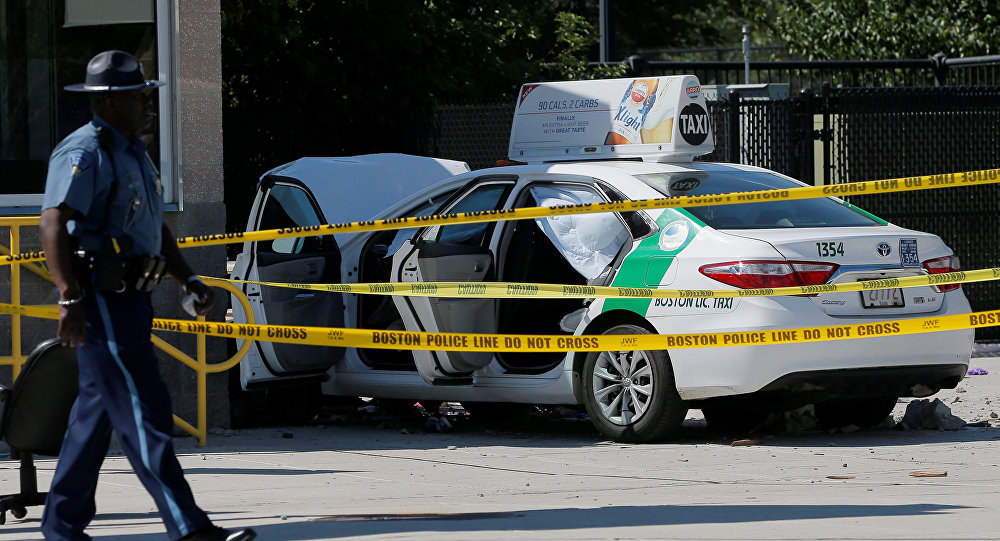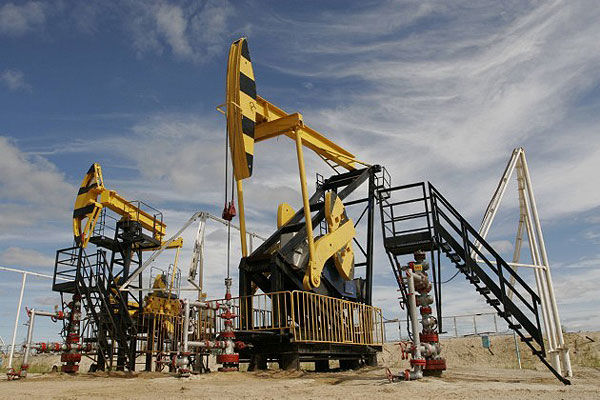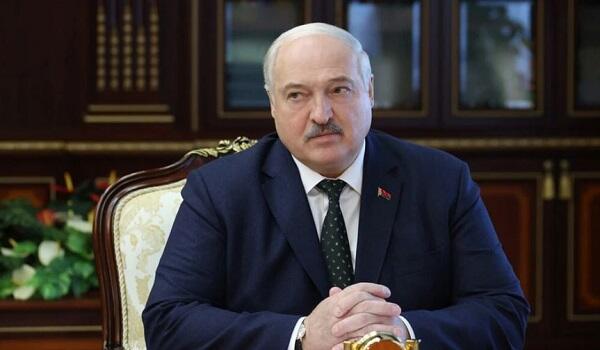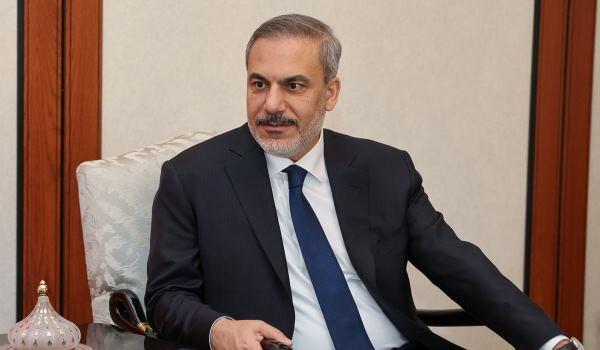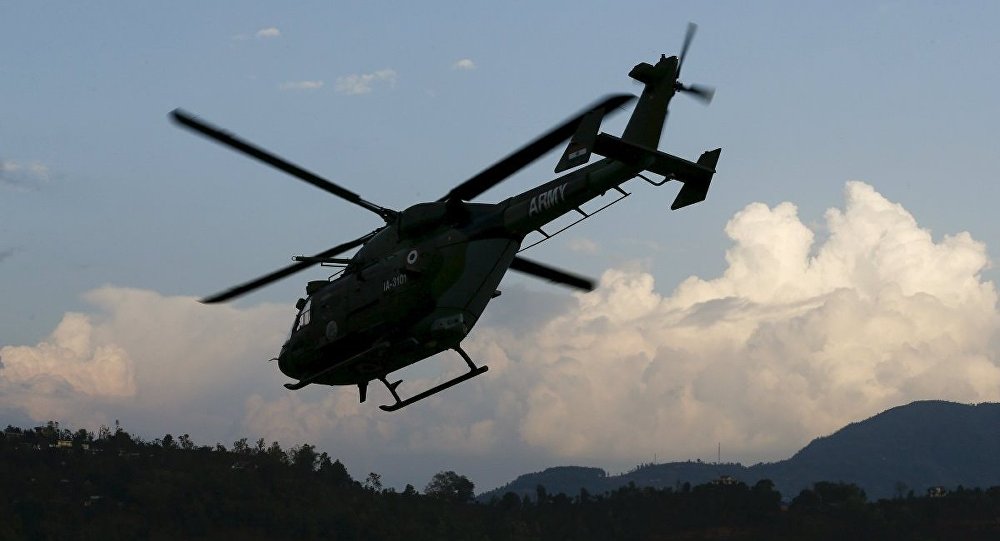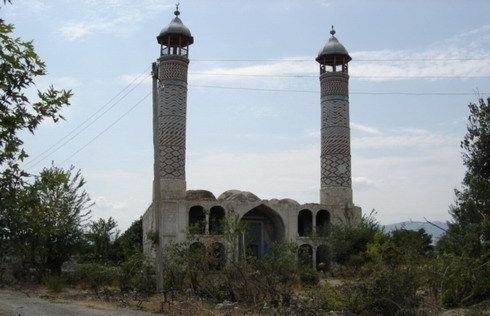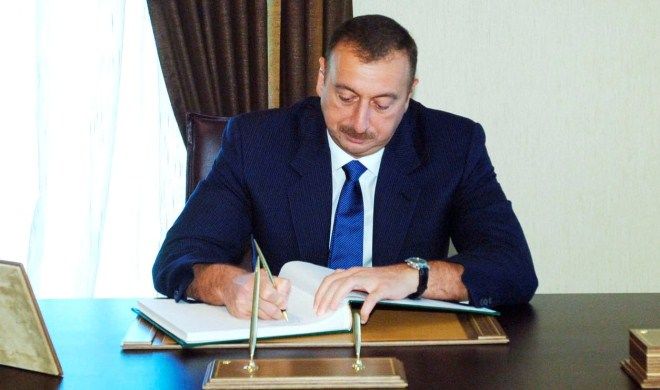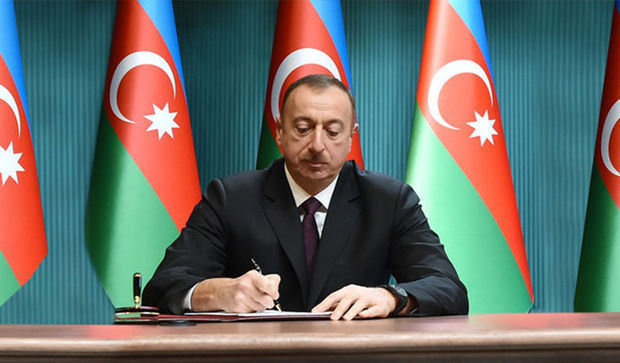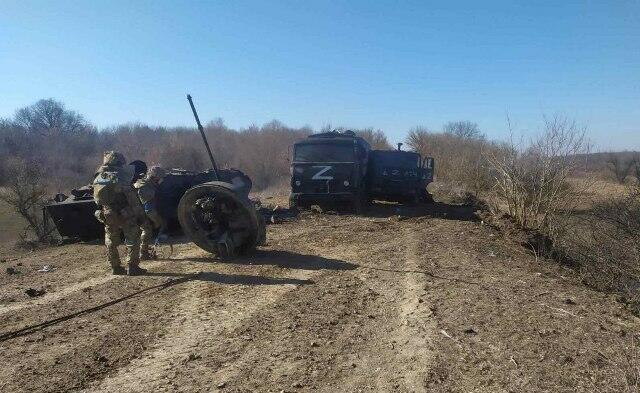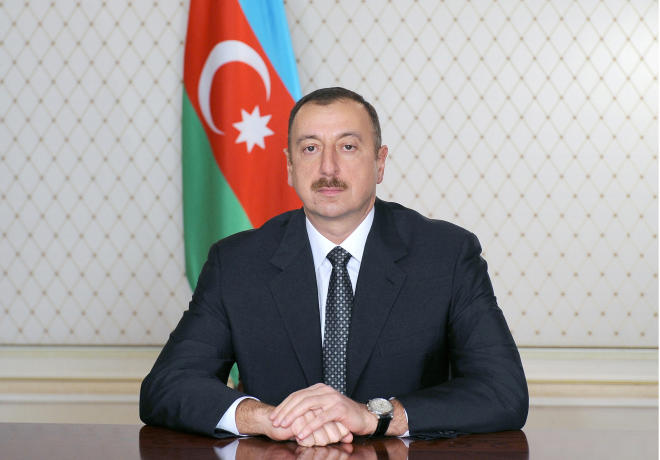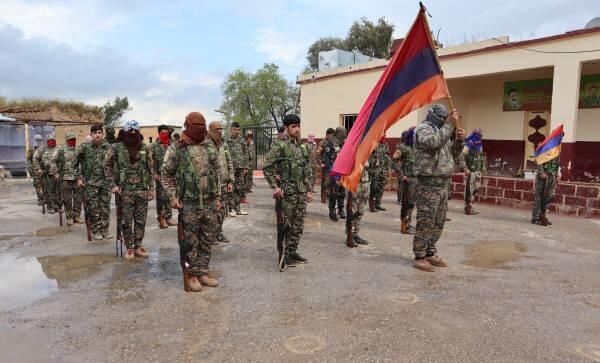Azerbaijani State Committee for Work with Religious Organizations has released the list of historical and religious monuments destroyed as a result of the Armenian armed provocation on the contact line in early April this year.
Six graves were completely destroyed and seven gravestones were damaged after artillery shells fired by Armenian armed forces landed in a cemetery in the Mahrizli village of Azerbaijan’s Aghdam district, the State Committee said in a statement on June 28.
In addition, the historical and religious monuments dating back to the 19th century were destroyed and several mosques were irreparable damaged by Armenian vandals in April, said the statement.
“The Armenian shelling also caused cracks in the walls of the mosques in the Khindiristan, Ahmadaghali and Zangishali villages of Aghdam and those of the Juma mosque in Terter,” the statement said.
The State Committee stressed that the deliberate destruction by Armenian troops of Azerbaijani historical and cultural monuments are contrary to the 1954 Hague Convention on Protection of Cultural Property in the Event of Armed Conflict, the 1992 European Convention on Protection of Archaeological Heritage and 1972 Convention Concerning the Protection of the World Cultural and Natural Heritage.
According to the State Committee, there are up to 403 historical and religious monuments (67 mosques, 144 sanctuaries, 192 places of worship) in the Armenian-occupied Azerbaijani territories.
The Nagorno-Karabakh conflict entered its modern phase when the Armenian SRR made territorial claims against the Azerbaijani SSR in 1988.
A fierce war broke out between Azerbaijan and Armenia over the Nagorno-Karabakh region of Azerbaijan. As a result of the war, Armenian armed forces occupied some 20 percent of Azerbaijani territory which includes Nagorno-Karabakh and seven adjacent districts (Lachin, Kalbajar, Aghdam, Fuzuli, Jabrayil, Gubadli and Zangilan), and over a million Azerbaijanis became refugees and internally displaced people.
The military operations finally came to an end when Azerbaijan and Armenia signed a ceasefire agreement in Bishkek in 1994.
Dealing with the settlement of the Nagorno-Karabakh conflict is the OSCE Minsk Group, which was created after the meeting of the OSCE Ministerial Council in Helsinki on 24 March 1992. The Group’s members include Azerbaijan, Armenia, Russia, the United States, France, Italy, Germany, Turkey, Belarus, Finland and Sweden.
Besides, the OSCE Minsk Group has a co-chairmanship institution, comprised of Russian, US and French co-chairs, which began operating in 1996.
Resolutions 822, 853, 874 and 884 of the UN Security Council, which were passed in short intervals in 1993, and other resolutions adopted by the UN General Assembly, PACE, OSCE, OIC, and other organizations require Armenia to unconditionally withdraw its troops from Nagorno-Karabakh.




